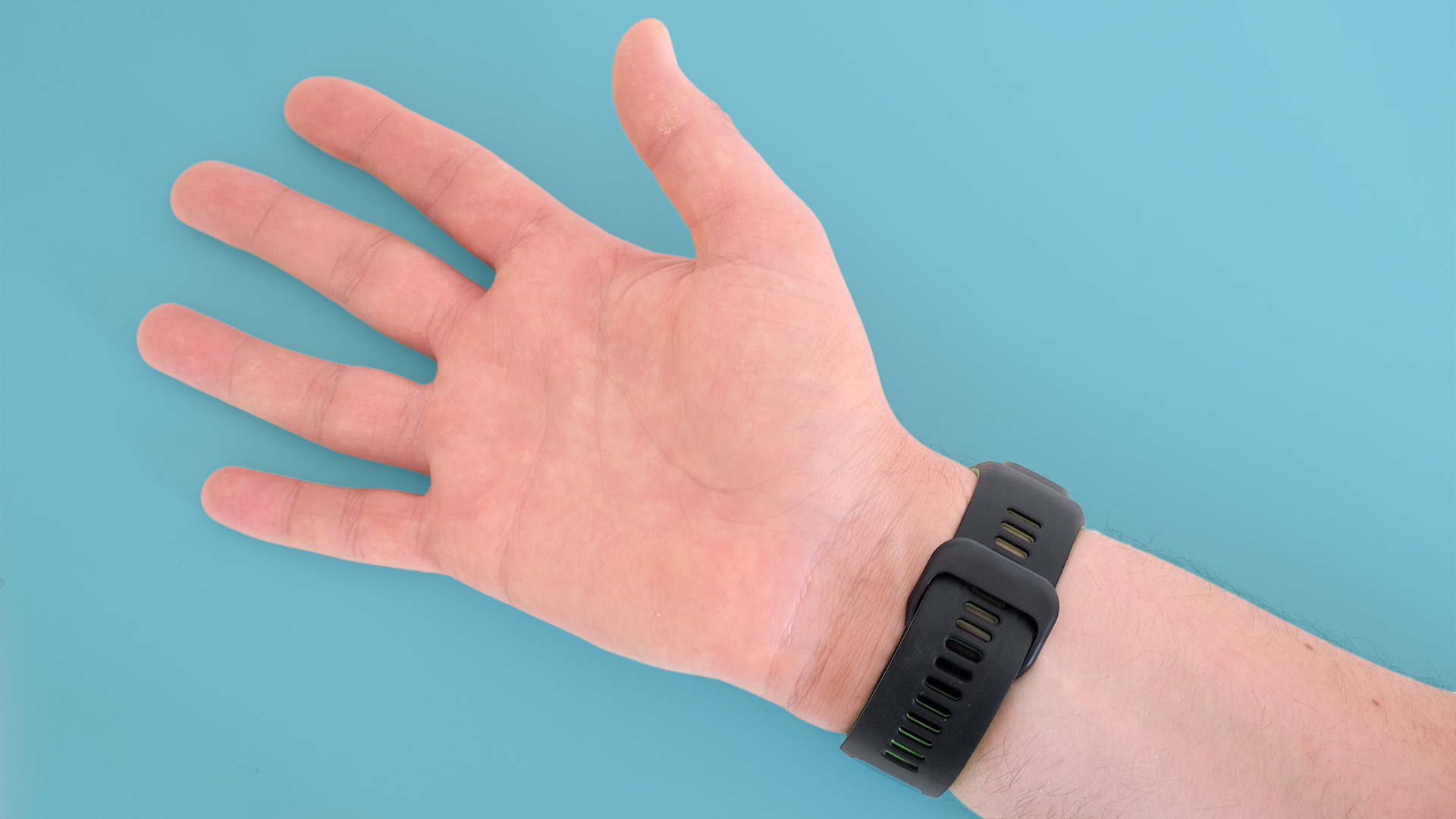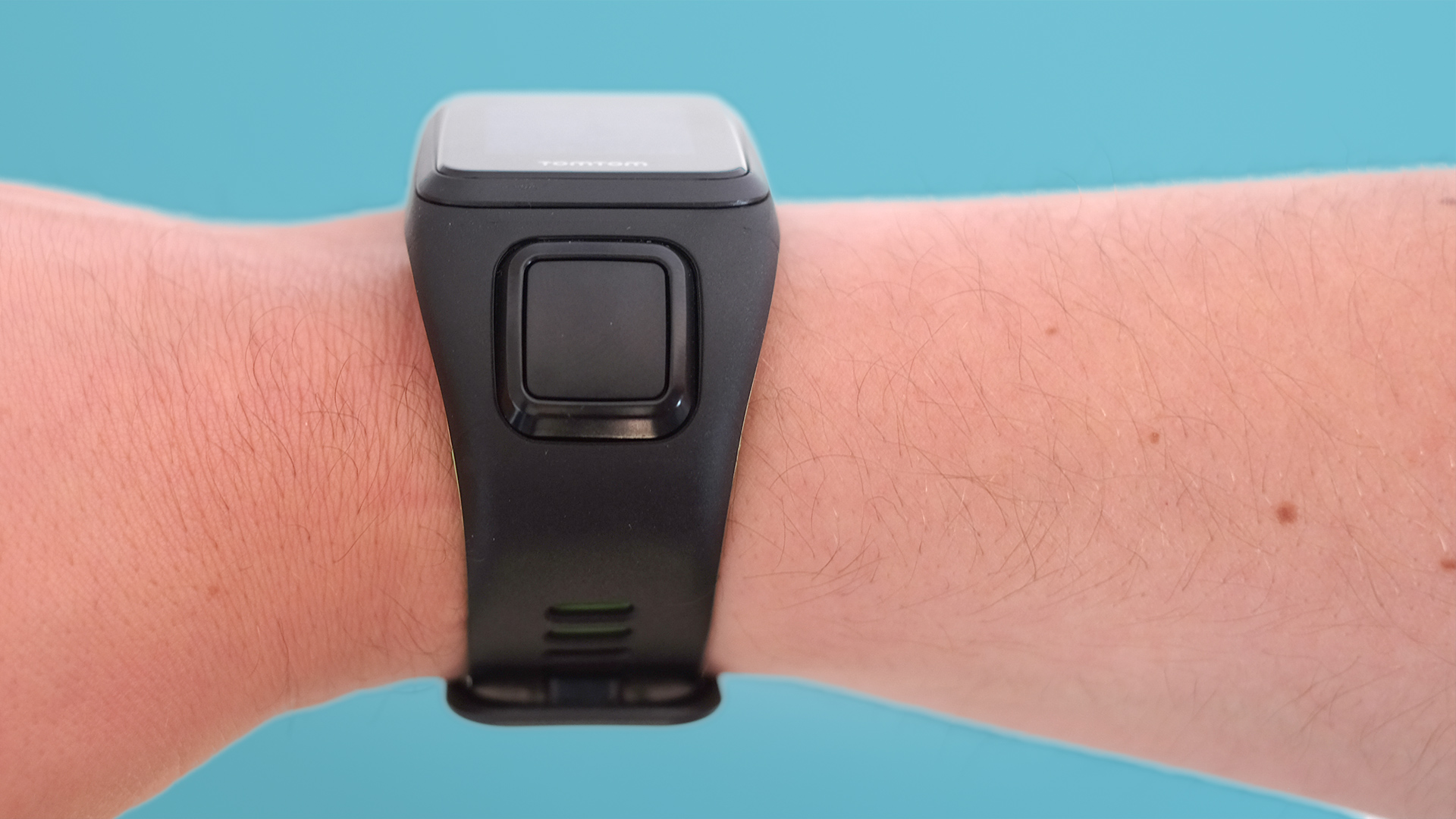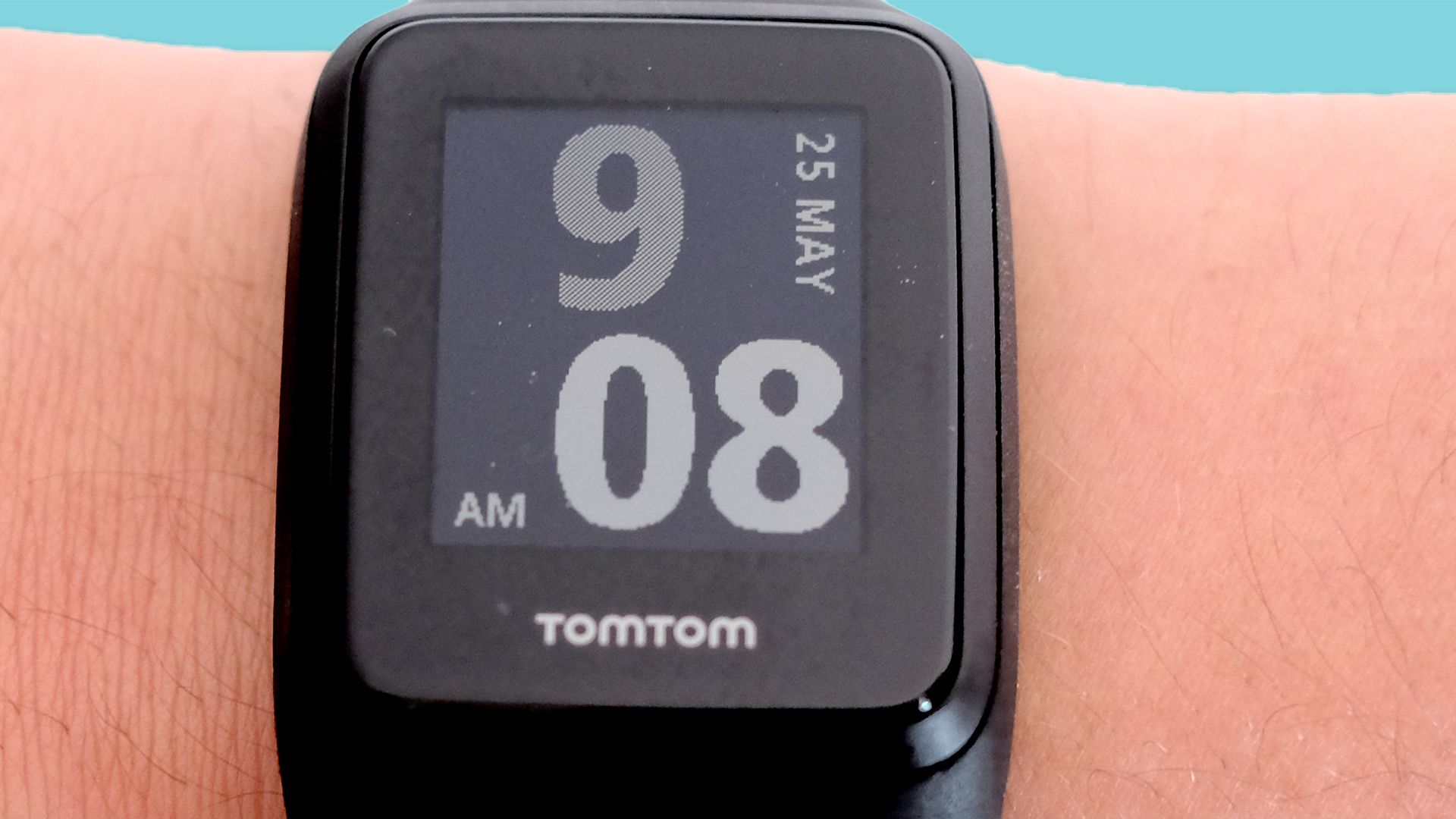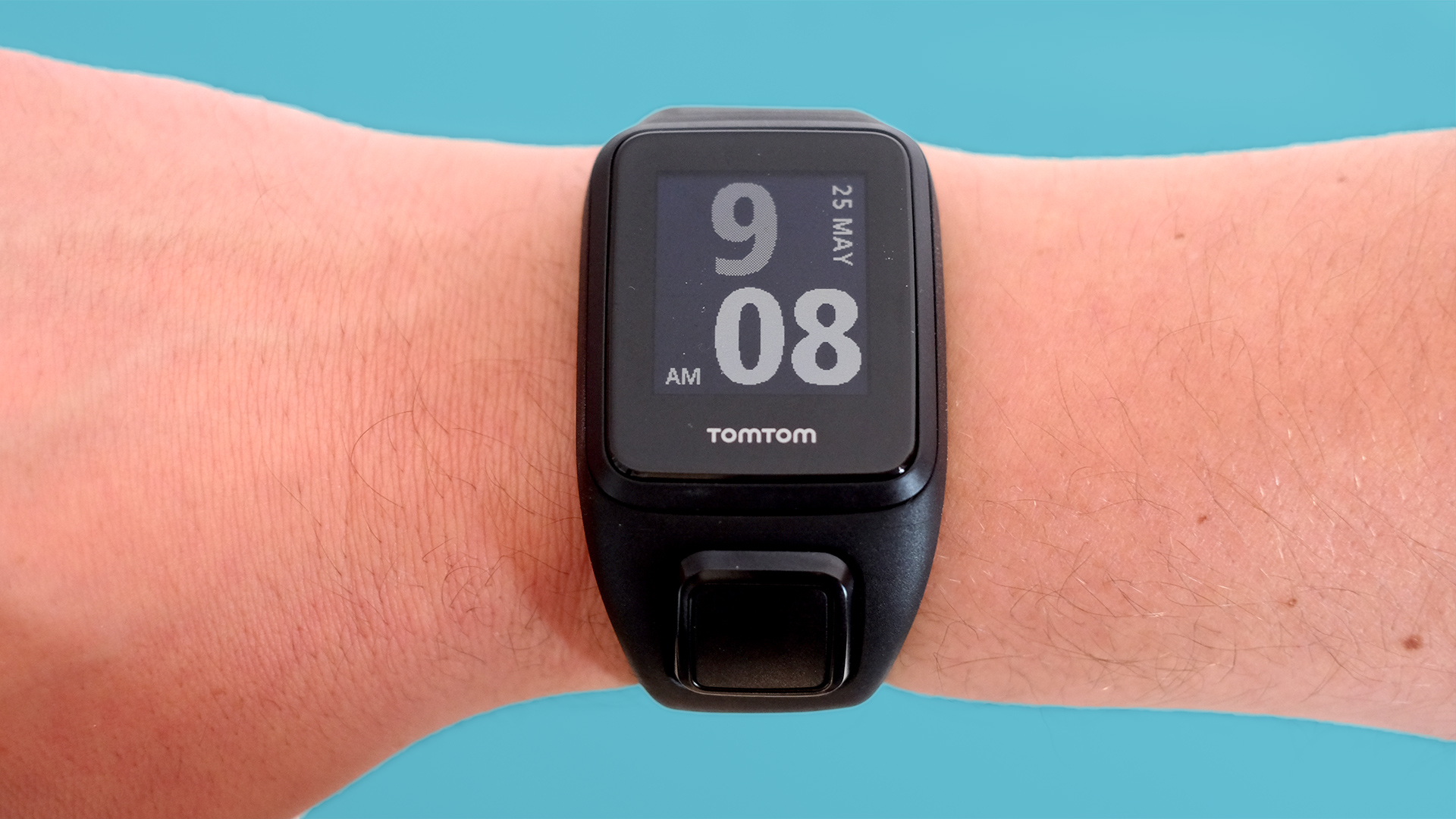TechRadar Verdict
A solid and sensibly-priced GPS runner’s watch for those who don’t mind missing out on phone notifications.
Pros
- +
Good price
- +
Solid GPS and HR tracking
- +
Easy to use and fairly feature-rich
Cons
- -
No open water swimming
- -
No phone notifications
- -
Bundled headphones aren’t great
Why you can trust TechRadar
The TomTom Runner 3 is a runner’s watch for the fitness-obsessed masses. It costs as little as a third the price of a high-end runner’s watch or Android Wear smartwatch, but still gets you full GPS multi-sport tracking, great battery life and a smart-enough look.
For those wondering how this differs from the Runner 2, this new version has a compass and very basic on-screen route tracking that should help you out if you get hopelessly lost during a walk out in the wilderness. But it is otherwise pretty similar.
There are still no true smartwatch functions beyond the sporty stuff, and a few parts of the TomTom Runner could do with a redesign. But for those serious about training, even if it’s a couch-to-5k plan, this watch is far better than the average Android Wear watch.

TomTom Runner 3 price and release date
- Out now
- Starts cheap at $120, £120 (roughly AU$160)
- Four models to choose from
The TomTom Runner 3 is out now and starts at around $120, £120 (roughly AU$160) for the GPS-only model, rising to $150, £150 (around AU$200) for a Runner 3 with added Bluetooth headphones and 3GB of storage for music, then $170, £170 (roughly AU$230) for one with a heart rate monitor.
The top model with the lot costs $220, £220, AU$400. Though in all cases you can often find the Runner 3 for less if you shop around.

Design
- Silicone strap with hard plastic watch ‘brain’
- Chunky control pad
- Less bulky than a high-end sports watch
When you buy a TomTom Runner 3 you have a few choices to make. First: color. There’s a black version with green highlights and a pink one with orange highlights. The straps come in small and large sizes.
Whatever choice you make, the TomTom Runner 3 looks just like the Runner 2. A small square screen and carbuncle of a controller below make up a plastic module that sits in a silicone strap. You can take the module out completely to give the strap a wash should it get caked in grime after a Tough Mudder or particularly muddy 5K.
Sign up for breaking news, reviews, opinion, top tech deals, and more.
The control pad below the screen tells anyone looking that the TomTom Runner 3 isn’t a normal digital watch, but it is far less big and bulky than something like the Garmin Fenix 5. You don’t have to be running every day to get accused of being an “all the gear, no idea” type with this watch.

Its control pad is one of the few parts of the TomTom Runner that feels a little cheap. It looks a bit like a fingerprint scanner, but the square in the middle is actually just an immovable piece of plastic. Instead, you press the four sides of the border to control the watch.
The chunkiness is deliberate, designed to make controlling it while running easy, but pressing ‘down’ in particular can feel a bit awkward.
In practical terms it’s fine, you can easily use it with sweat pouring into your eyes and your lungs burning, but it could do with a tweak in the next refresh of this line.

Display
- Monochrome low-res display
- Very clear on a bright day
- Uses a dim front light for night use
You use this pad to do everything, as the display is not a touchscreen. It’s a small 22 x 25mm monochrome LCD with a front light, not a backlight like most LCDs.
It looks like an inverted Amazon Kindle screen: the background is black, text a greyish white. It’s a great screen for a device like this that needs to show stats, not games or videos.
In a dark room it looks dim, and won’t be visible at all unless you enable the backlight. However, on a bright day it will be clearer than any OLED or LCD smartwatch. Like a Garmin Forerunner, it feeds off ambient light rather than competing with it.
The 144 x 168 resolution would seem terrible in an Android Wear watch, but it looks perfectly fine in a run tracker. More pixels would make text sharper, but not necessarily any clearer.

Andrew is a freelance journalist and has been writing and editing for some of the UK's top tech and lifestyle publications including TrustedReviews, Stuff, T3, TechRadar, Lifehacker and others.
